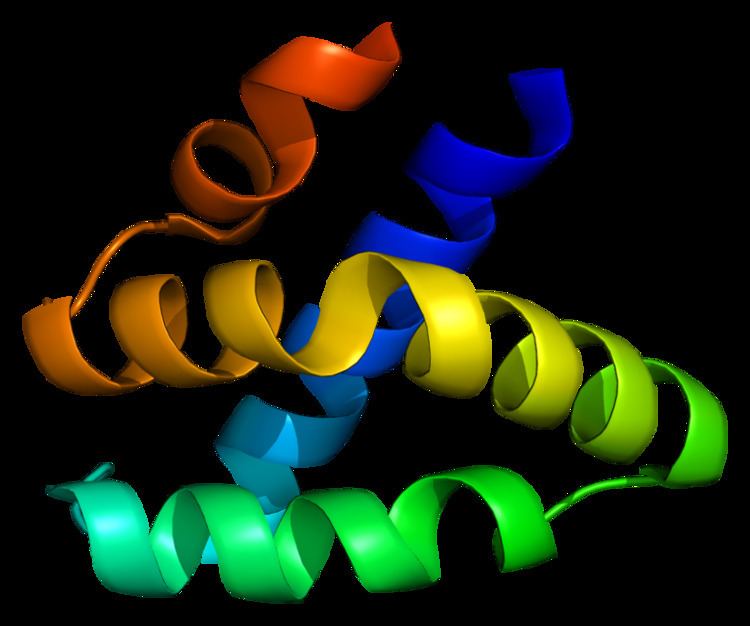Species Human Entrez 10578 | Human Mouse Ensembl ENSG00000115523 | |
 | ||
Aliases GNLY, 519, D2S69E, LAG-2, LAG2, NKG5, TLA519, granulysin External IDs HomoloGene: 136805 GeneCards: GNLY | ||
Granulysin, also known as GNLY, is a protein which in humans is encoded by the GNLY gene.
Function
Granulysin is a protein present in cytotoxic granules of cytotoxic T cells and natural killer cells. Granulysin is a member of the saposin-like protein (SAPLIP) family and is released from cytotoxic T cells upon antigen stimulation. Granulysin has antimicrobial activity against M. tuberculosis and other organisms. Granulysin is alternatively spliced, resulting in the NKG5 and 519 transcripts.
Granulysin is a cytolytic and proinflammatory molecule first identified by a screen for genes expressed “late” (3–5 days) after activation of human peripheral blood mononuclear cells. Granulysin is present in cytolytic granules of cytotoxic T lymphocytes (CTL) and natural killer (NK) cells. Granulysin is made as a 15 kD molecule, and a portion of it is cleaved at both the amino and carboxy termini into a 9 kD form. The 9 kD form is released by receptor-mediated granule exocytosis while the 15 kD form is constitutively secreted. Recombinant 9 kD granulysin is broadly cytolytic against tumors and microbes, including gram positive and gram negative bacteria, fungi/yeast and parasites. 9kD granulysin is also a chemoattractant for T lymphocytes, monocytes, and other inflammatory cells and activates the expression of a number of cytokines, including RANTES, MCP-1, MCP-3, MIP-1α, IL-10, IL-1, IL-6 and IFNα. Mice do not have a granulysin homolog, but transgenic mice expressing human granulysin have been engineered. Granulysin has been implicated in a myriad of diseases including infection, cancer, transplantation, autoimmunity, skin and reproductive maladies.
